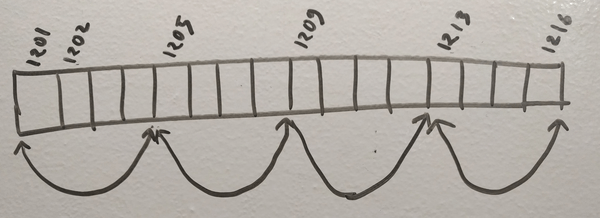- for in: loops over enumerable property names of an object.
- for of: (new in ES6) does use an object-specific iterator and loops over the values generated by that.
Both for..of and for..in statements iterate over lists; the values iterated on are different though, for..in returns a list of keys on the object being iterated, whereas for..of returns a list of values of the numeric properties of the object being iterated.
Example:
let list = [4, 5, 6];
for (let i in list) {
console.log(i); // "0", "1", "2",
}
for (let i of list) {
console.log(i); // "4", "5", "6"
}



